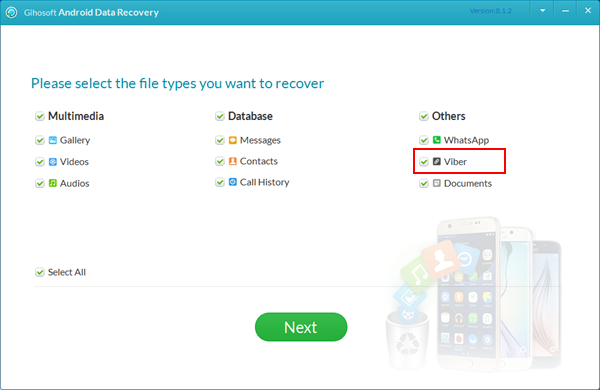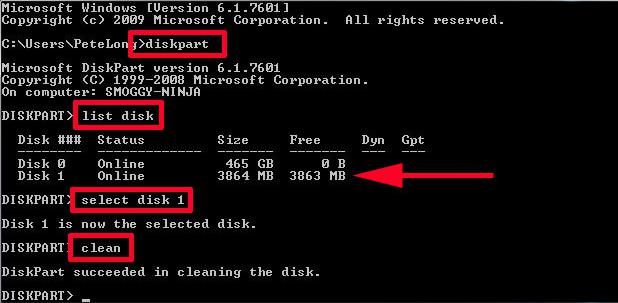Make A Mac Recovery Usb

But if you don’t want to create a USB drive, you may have access to two other types of emergency drives, depending on when you purchased your Mac. Recovery HD: Every Mac running OS X Lion and later has a hidden Recovery HD partition that can be used to boot the computer and repair the hard disk. (To use the Recovery HD partition as your. Xbox app party chat.
- Starting with OS X Lion, Apple did away with DVDs and other media as a method of installing software and switched to a download model instead.Even so, it's still easy to create a USB installation disk for OS X Lion if you want to install Lion on a freshly formatted hard drive, if you're in an emergency booting situation, or if you need to repair your Mac's hard drive.
- To recover deleted files from a USB drive on Mac: Connect the USB flash drive to your Mac. Download and install Disk Drill for Mac. Launch Disk Drill USB recovery software for Mac. Select the flash drive and click the Recover button to start scanning. Preview the files that can be recovered and choose the ones you want.
- If you have more than one Mac you want to upgrade to macOS 10.15 Catalina but don't want to waste so much bandwidth downloading it for each machine, one option is to create a bootable installer on.
- What is Mac Recovery USB? Just like the functionality of recovery partition, Mac OS recovery USB.
by Justin Kenny, updated on 2015-12-08 to Storage Device Recovery
'I have a 32 GB external USB drive full of my important data. Unfortunately it was formatted by my colleague, he didn't know that was my USB drive. Now I feel hopeless. I am looking for a solution to recover data from it on my MacBook Pro, can you give some suggestion?' – Genie Birk
Data Loss on USB Hard Drive

A USB hard drive can be used for data storage. Now, USB drive is frequently used for data storage and data transfer. You may lose important data due to following reasons:
- Deleting files by accident.
- Formatting USB hard drive.
- USB drive got damaged.
- USB drive is attacked by virus or spyware.
- Data transfer failure.
USB Data Recovery under Mac OS
After losing data on USB drive, people typically do is entering their problem to GOOGLE and search a solution. If you are a Windows user, you can easily find a solution to recover lost USB on your PC. But there are not many USB data recovery solutions for Mac users. In most cases, Mac data recovery software can help you to recover lost USB data under Mac OS. Do Your Data Recovery for Mac is the reliable Mac USB drive data recovery software that can recover deleted or lost files from USB drive under Mac OS.
Do Your Data Recovery for Mac is pretty powerful Mac data recovery & file recovery software that allows Mac users to recover lost files from Mac hard drive or storage device. When you are looking for a Mac USB drive data recovery solution, Do Your Data Recovery for Mac must be a good candidate. It supports to recover all types of lost files from USB drive including photos, videos, audio files, documents etc. You can complete the Mac USB drive file recovery within three simple steps.
Step 1: Connect USB drive to your Mac.
First of all, plug the USB drive into your Mac and launch Do Your Data Recovery for Mac. Screenshot the whole page mac. You can select the file types that you want to recover.
Step 2: Scan the USB drive.
Select the USB drive to scan. Do Your Data Recovery for Mac will scan your USB drive and find the lost files.
Step 3: Preview and save files.
Paint tool sai mac download full. Before you save the files, you can preview the files to see if they are the files you want.
Many people are using USB for backing up important data. But nobody can promise that he would never lose data on USB drive. So keep a Mac USB drive data recovery program on your Mac is a good decision. Do Your Data Recovery for Mac is the outstanding one for Mac USB Drive Data Recovery. We strongly recommend you to try it when you lose data on USB drive. It is very easy to use and very effective for USB file recovery on Mac.
Related Articles
Easily recover lost data from HDD, SSD, memory card, camera, USB drive, RAID, Server, and other storage device.
https://free-screen.mystrikingly.com/blog/coconut-battery-windows-10. Hot Articles
Manual steps in Mac OS
Before starting the manual USB creation process, you must download the .zip file that contains CloudReady. Start by downloading the CloudReady .zip file to your standard downloads folder, not the target USB device.
- Current CloudReady Enterprise/Education Customers or Trialers: download the .zip file from my.neverware.com on the Downloads tab.
- CloudReady Enterprise/Education New Trials: You can start a 3 week trial of the Education or Enterprise Editions of CloudReady, totally free, by signing up at try.neverware.com. After signing up, you'll be able to download the .zip file from my.neverware.com.
- CloudReady Home Users: If you are an individual user and don't need support or management, download the .zip file for our free Home Edition here.
The following notes of this guide assume that:
Photoshop for mac free trial.
- You are using the Chrome browser.
- You have already downloaded the image and it's in your Downloads folder using the steps above.

If you experience issues, try using the free Mac utility 'Unarchiver' to unzip the file.
Download and add the Chromebook Recovery Utility extension to your Chrome browser.
How To Make A Mac Recovery Usb
1. Add Chrome Recovery Utility to Chrome: After clicking on the link above, you'll be brought to the following Chrome Web Store website;
- Click 'Add to Chrome' in the top right-hand corner.
Create Mac Recovery Disk
2. Confirm & Install: On the Add 'Chrome Recovery Utility' prompt:
- Click 'Add app'
3. Launch: The Chromebook Recovery Utility will now be installed and will show up on the Apps Page of your Chrome browser.
- Click on the Recovery icon highlighted below.
Note: This should popup automatically, if it doesn't, type chrome://apps in the address bar of your Chrome browser.
Note: As a general rule of thumb it is recommended to ensure the USB you are using has been formatted before continuing with the steps mentioned below. To format your USB using the Google Chrome Recovery Utility follow the steps mentioned here.
1. Initial Screen: Once launched, you should see the below screen.
2. Locate the gray gear icon on the top right of the window.
3. Browse for Local Image: Click the gray gear icon and choose Use local image and locate the cloudreadyXXXX.bin.zip file in your Downloads folder.
4. Insert USB device: When prompted, insert your 8 GB or larger USB flash drive and choose the corresponding drive on the screen.
Note:
-During the process, it is normal for the utility to show unusual percentages.
-Proceeding with this step will erase the target flash drive. Proceed with caution.
5. Process Complete: When the process is completed, remove the USB flash drive from your computer.
Congratulations, your USB flash drive is now a CloudReady installer and is ready to use!

Make A Mac Recovery Usb
UNDER MAINTENANCE
